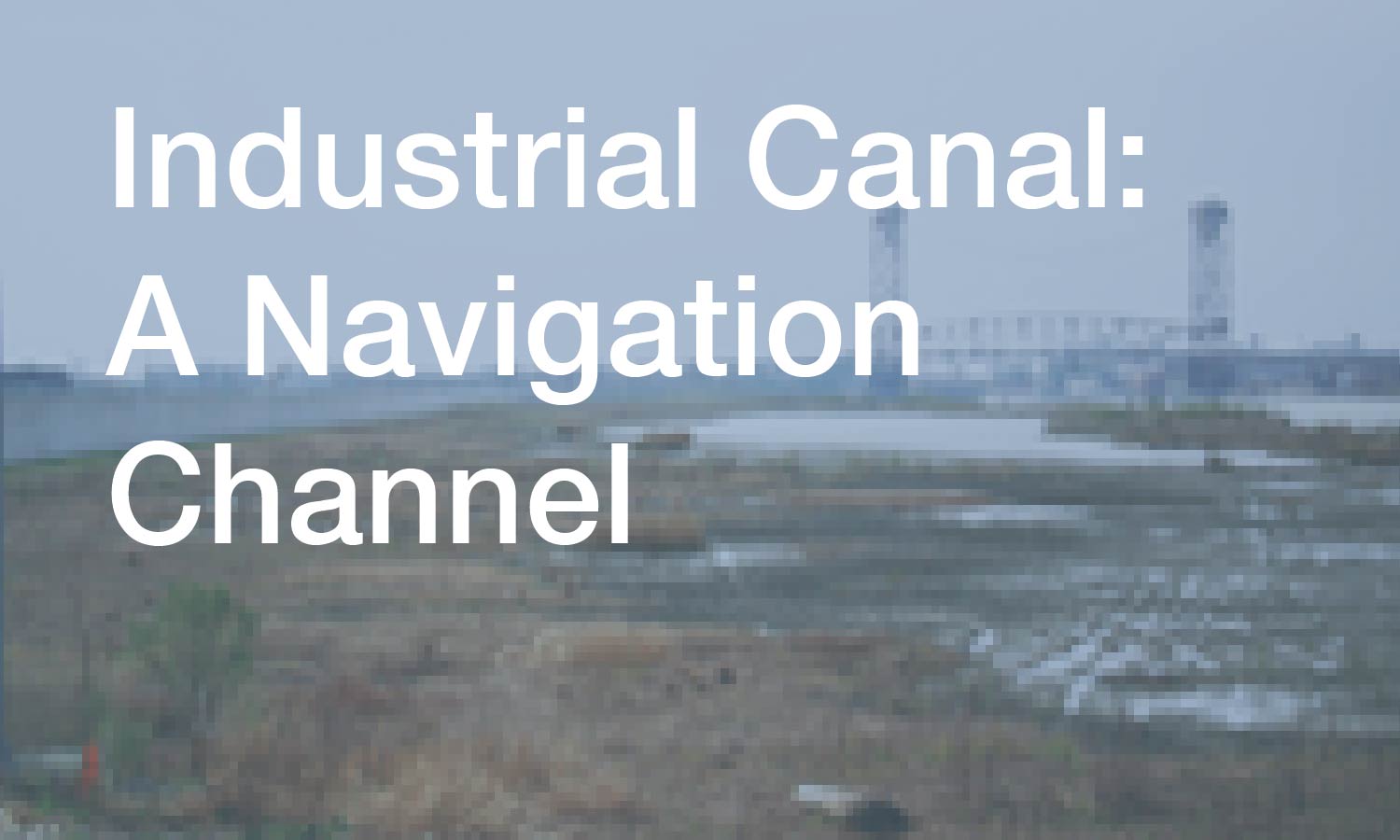New Orleans is a water city. It has been defined since the beginning by its relationship to Lake Pontchartrain and the Mississippi River.
To understand the historical evolution of water systems in New Orleans, Gutter to Gulf examined three emblematic water bodies: a historic stream—Bayou Saint John; an outfall canal—the 17th Street Canal; and a navigation channel—the Industrial Canal. The history of each of these channels is examined in the links below.
New Orleans owes its existence to its location in the Mississippi Delta: it was built on the portage between Lake Pontchartrain, which offered access to the Gulf of Mexico and the Atlantic Ocean, and the Mississippi River, which offered access to the center of the North American continent.
In the 18th century, when New Orleans was first settled by Europeans, much of the land between the Mississippi River and Lake Pontchartrain was a cypress swamp. Water flowed through meandering channels toward the lake. In the 20th century, when mechanical pumping technology created the means to drain the swamps, water was confined to constructed channels, either above or below ground. This development has made the city more vulnerable to flooding: the subdivision of land for inhabitation did not leave enough room for the volumes of water that are always present in a delta landscape.


